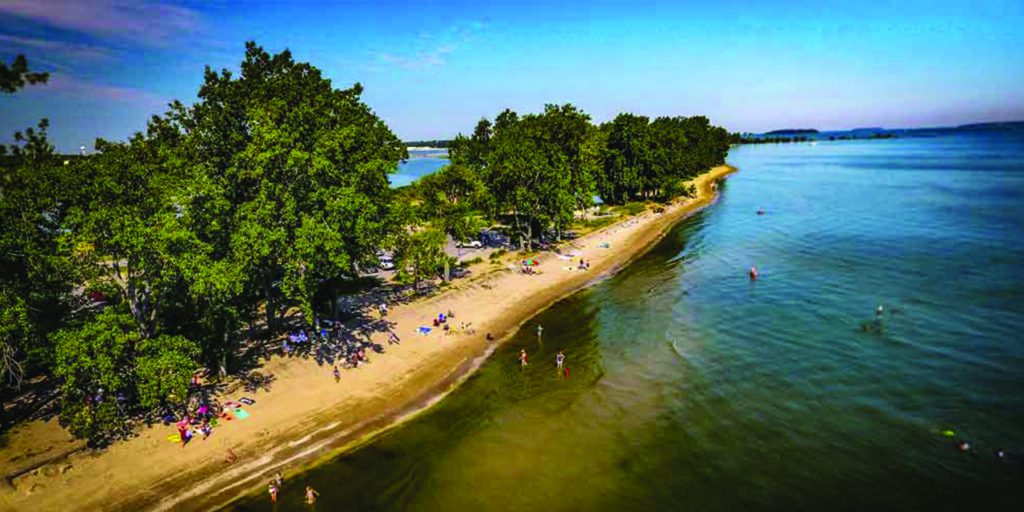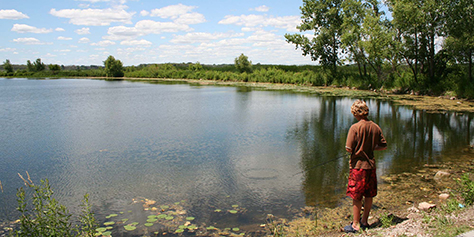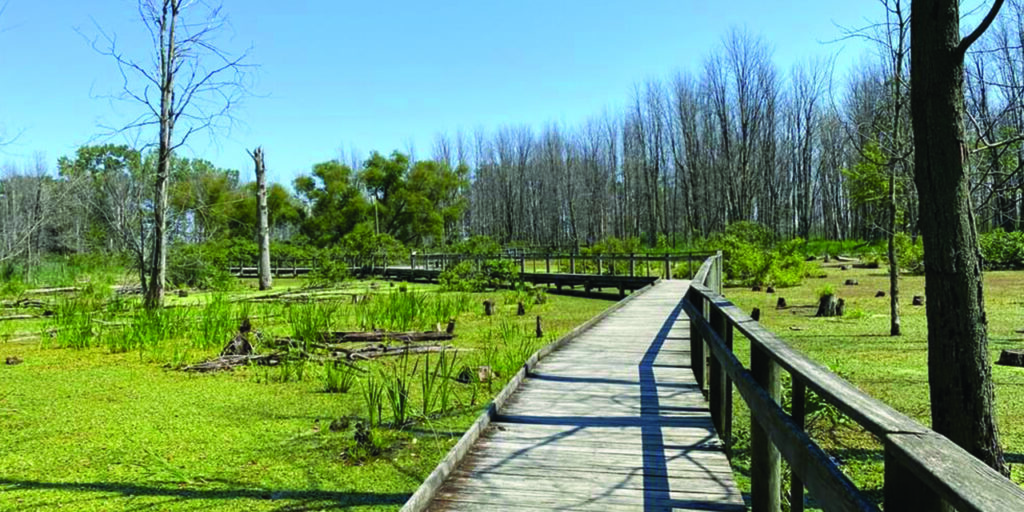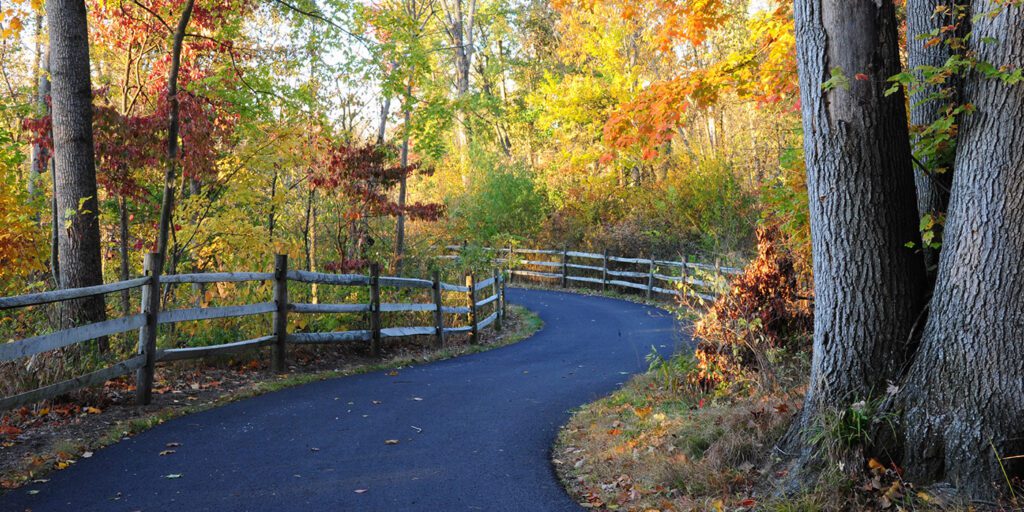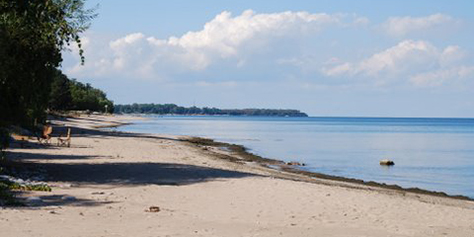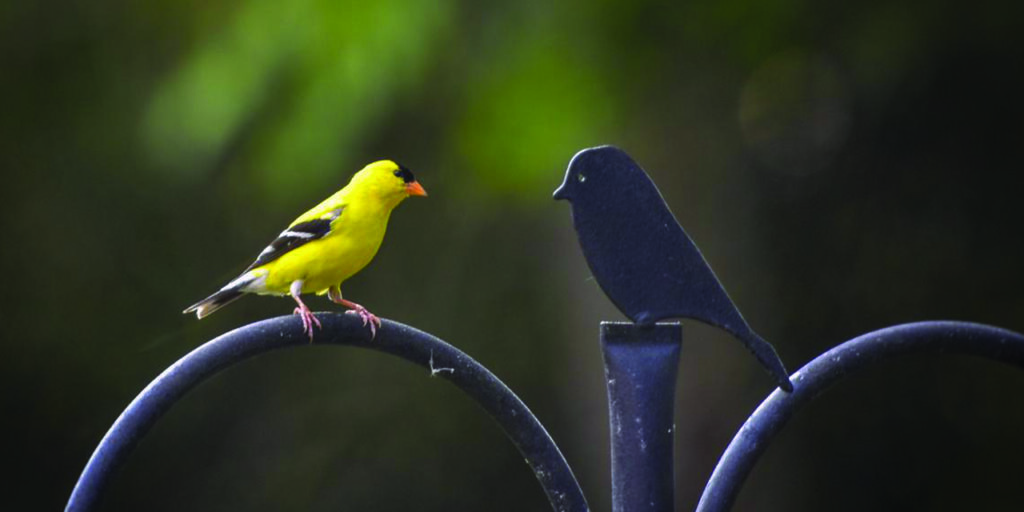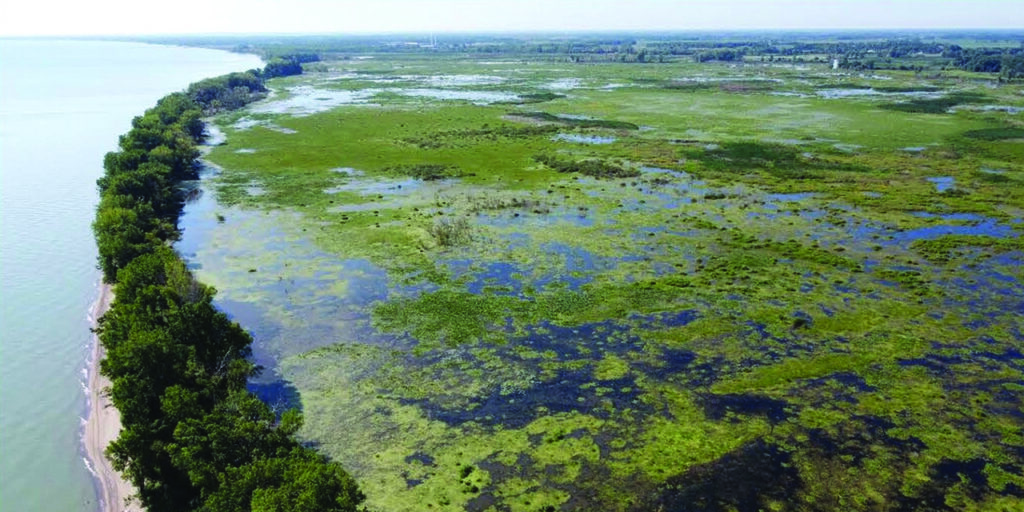
GREAT LAKE ERIE
BIRDING TRAIL

Begin your birding excursion by visiting some of these select birding hotspots below in Lake Erie’s parks and wildlife areas throughout northwest Ohio, southeastern Michigan and even Canada!
Pick your favorites and make it your very own birding adventure.
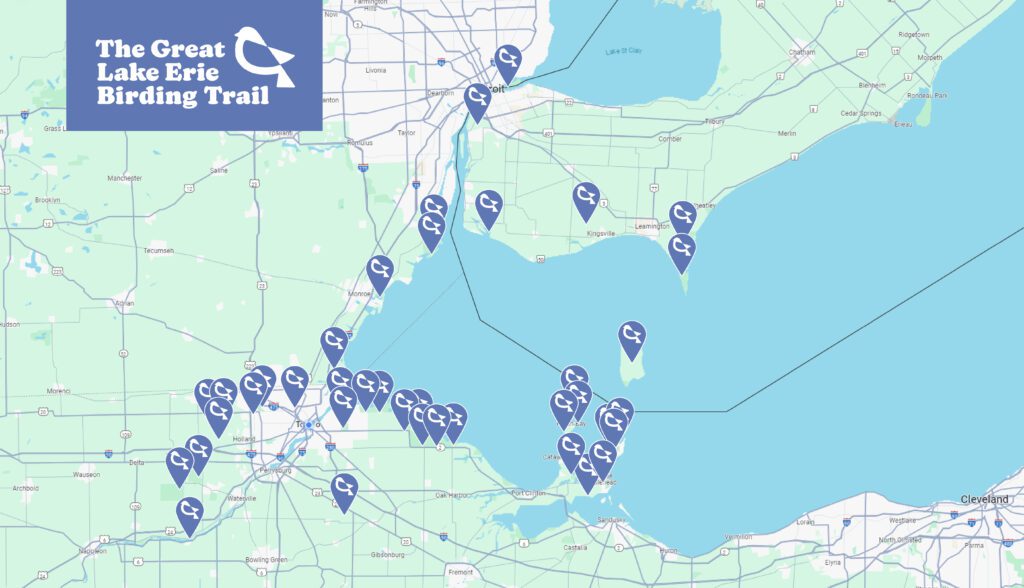
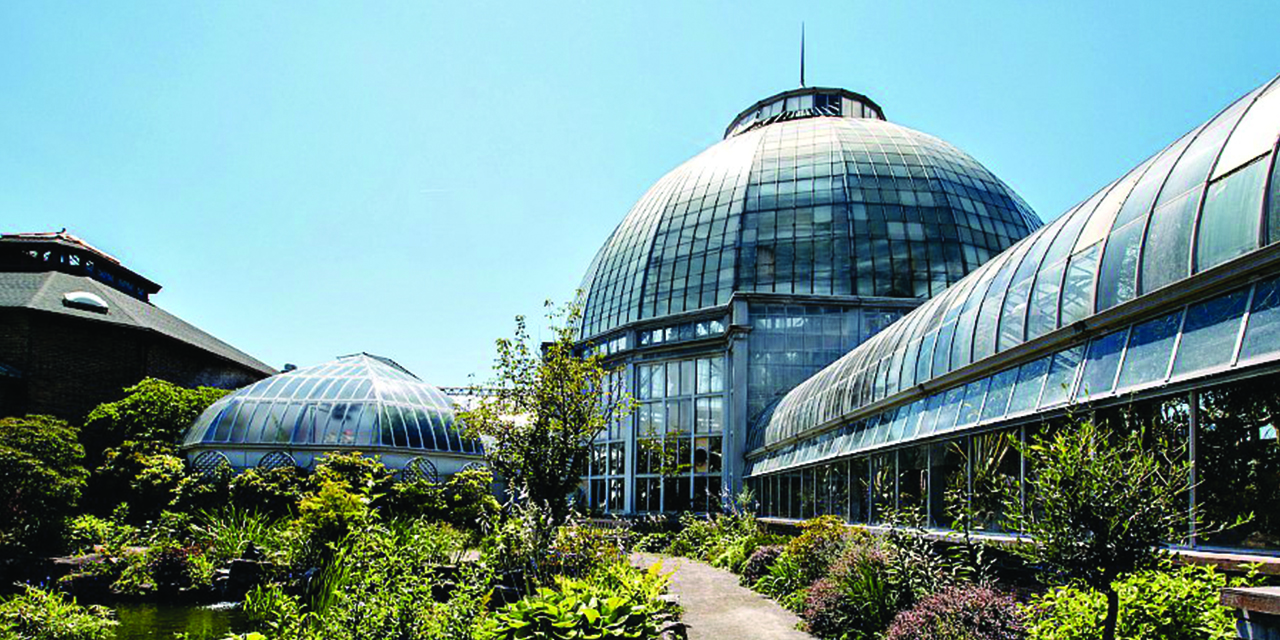
Belle Isle Conservancy – Belle Isle Park
Excellent alternative to world-famous Point Pelee and by far the best birding site within the city limits of Detroit. Great for waterfowl in late fall, winter and early spring. Good for songbirds and raptors in all seasons. Access the island by bridge off East Jefferson Avenue, Detroit.
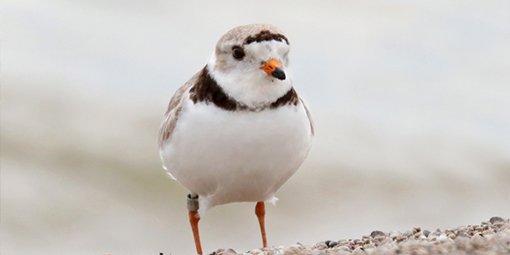
Black Swamp Bird Observatory
Located at the entrance to Magee Marsh Wildlife Area, BSBO features a visitors’ center with free birding maps, a gift shop, walking trail, restrooms, and window on wildlife. BSBO organizes The Biggest Week in American Birding (bwiab.com).
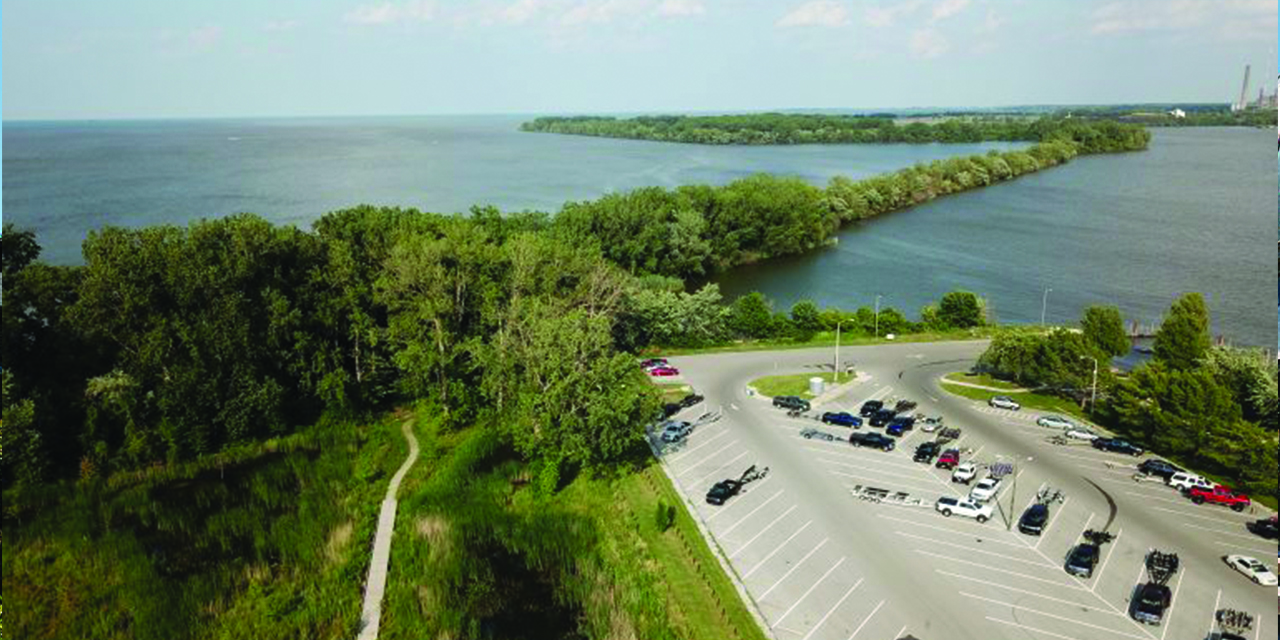
Cullen Park
A mile-long causeway trail begins at the northeast corner of the park. Birders will find shorebirds on both sides of the trail, as well as warblers and other perching birds in the trees along the path.
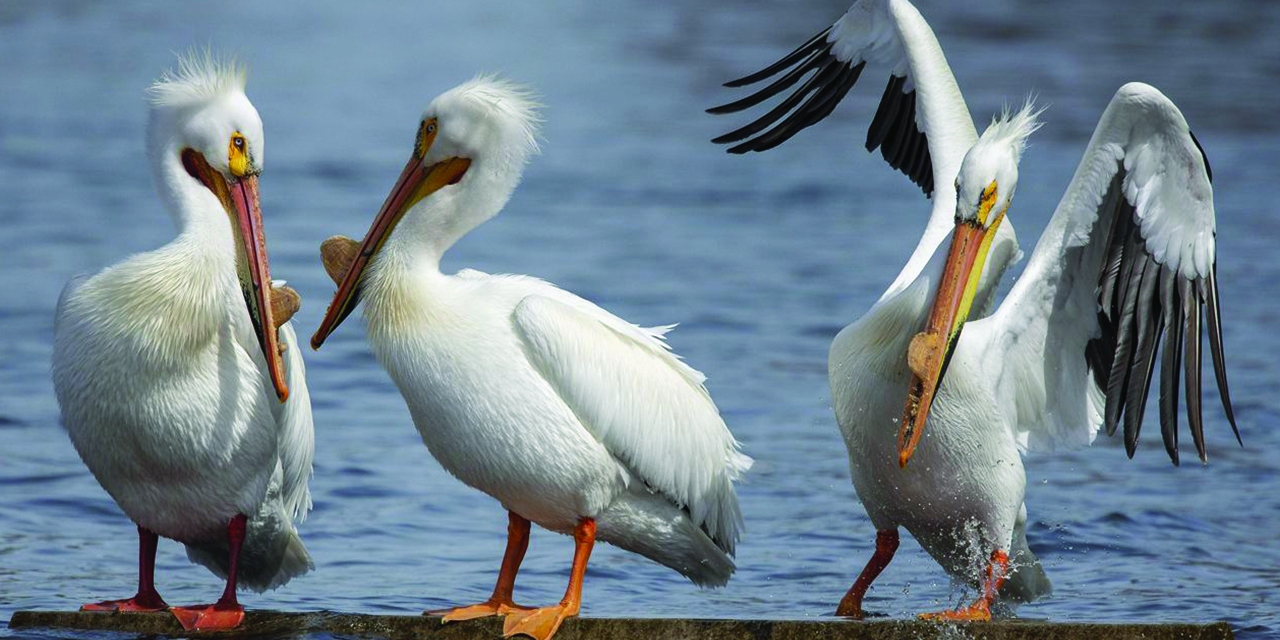
Erie Marsh Nature Preserve
Located on North Maumee Bay, Erie Marsh Preserve supports numerous animals and plants that would otherwise be hard-pressed to find suitable habitat. This sprawling preserve plays a huge role as a migratory and nesting area for shorebirds, waterfowl, land birds and, in the fall, raptors. Public access to the preserve is closed during waterfowl hunting season, 9/1-12/31.
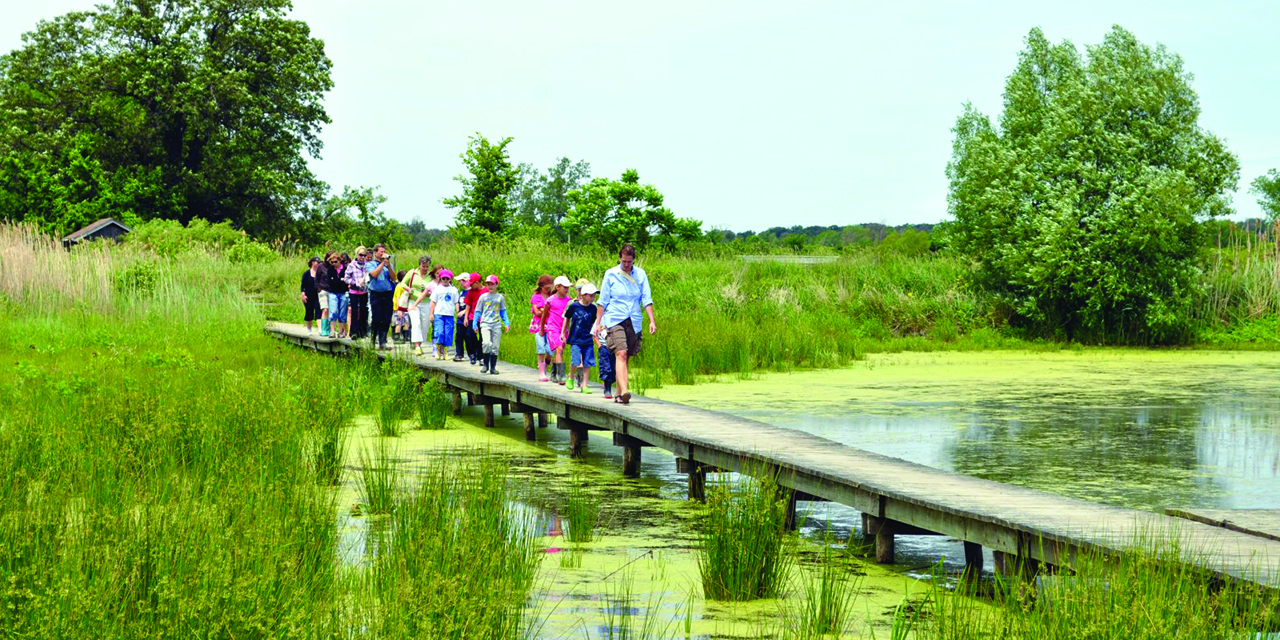
Hillman Marsh Conservation Area
A birding trail borders 87 acres of unique Shorebird Habitat where water levels are actively managed to create mudflats, providing outstanding viewing opportunities. The area is a great place for hiking, biking, picnicking, canoeing & kayaking, bird watching, fishing, swimming, and in the winter months, skiing.
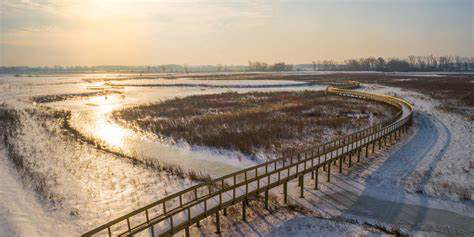
Howard Marsh Metropark
A birding hotspot, particularly known for waterfowl and shorebirds. Over 230 species – more than half the known species ever recorded in Ohio – have been documented and include many rare and unexpected visitors during migration. Trumpeter swans, a variety of ducks, osprey and an array of songbirds are typical sights, and more.
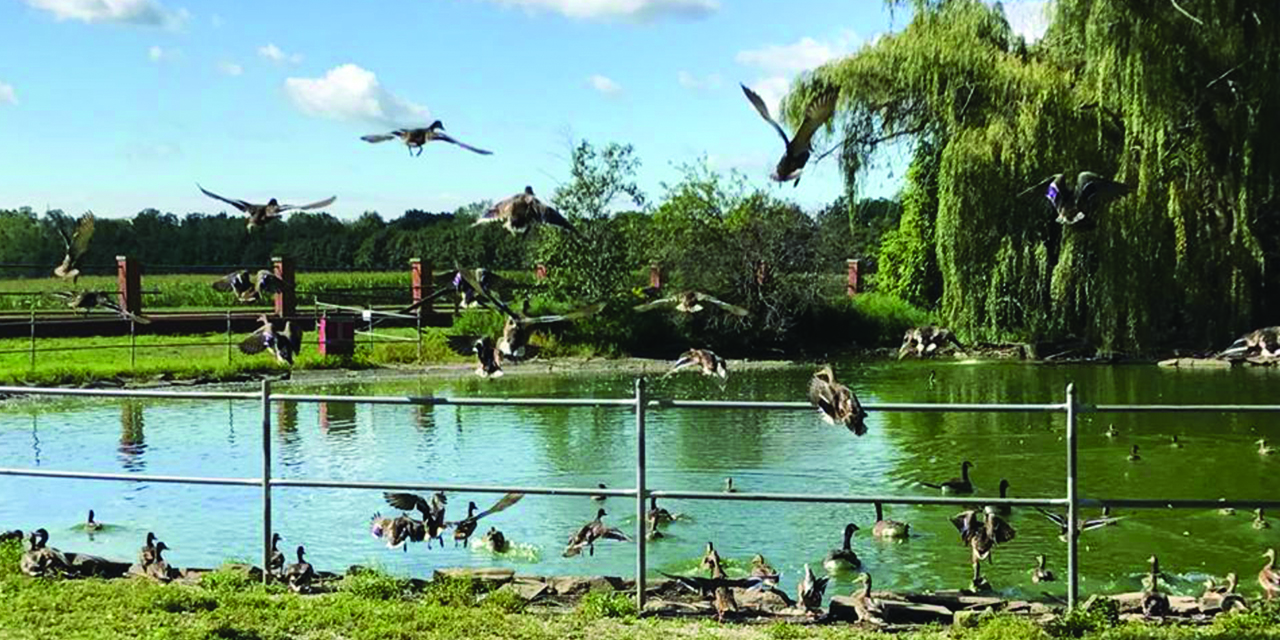
Jack Miner Migratory Bird Sanctuary
Founded in 1904 for the conservation of migrating Canadian geese and wild ducks. The grounds and trails are open year round from sunrise to sunset.
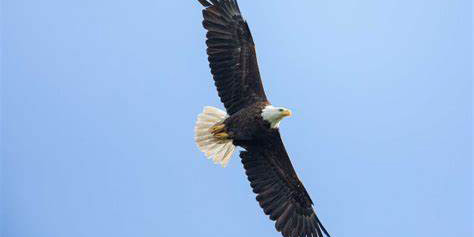
Kelleys Island State Park
The North Pond offers excellent birding, with hundreds of species of migrating songbirds, and dozens of waterfowl species resting here before winging across the lake. There are nesting pairs of bald eagles in the area.
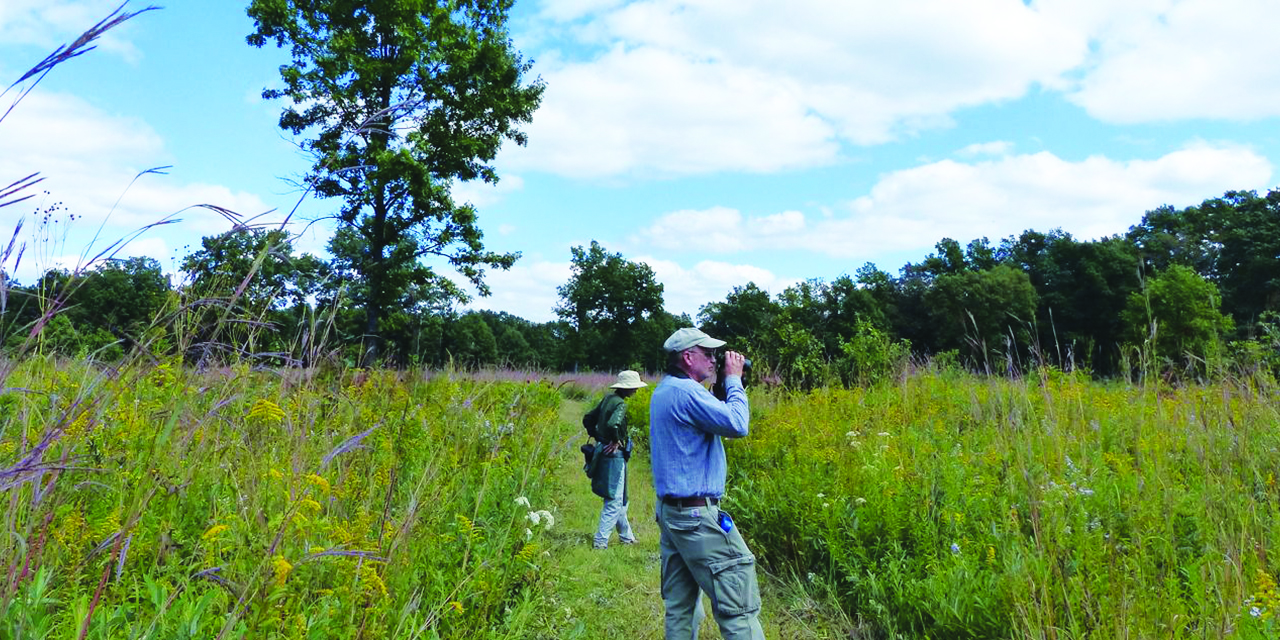
Kitty Todd Nature Preserve
Kitty Todd protects more than 900 acres. A primary habitat is oak savanna, which is maintained by controlled burning. Breeding bird diversity is great, and includes red-headed woodpecker, summer tanager, and lark sparrow.
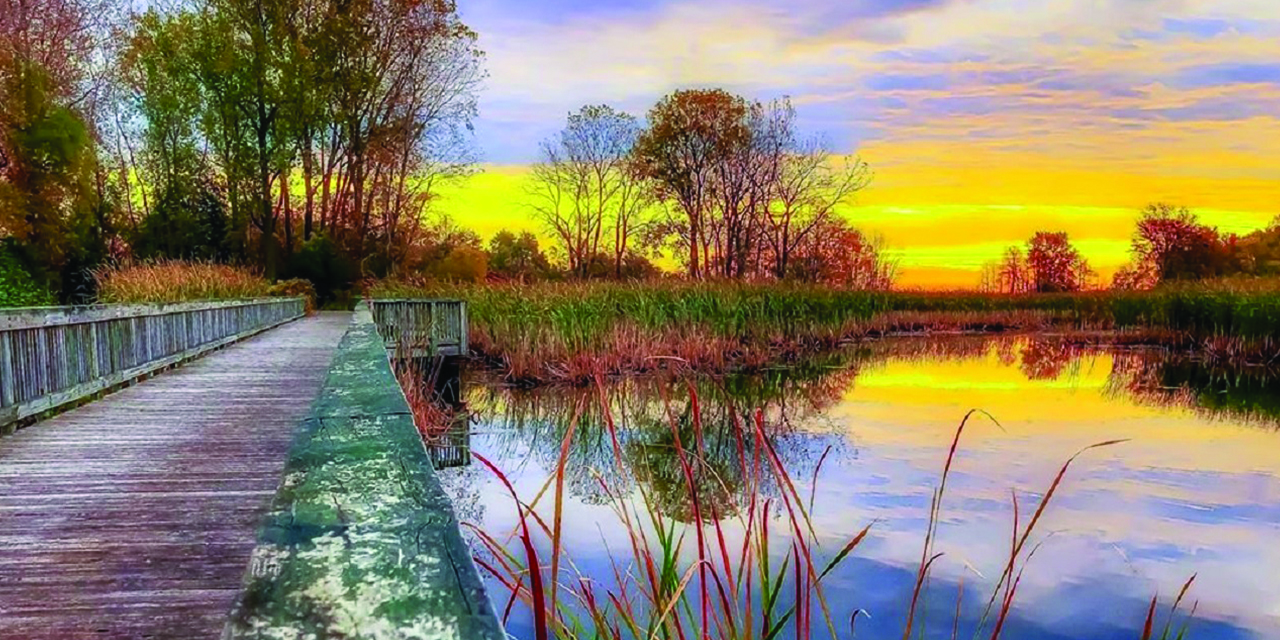
Lake Erie Metropark
Good for waterfowl, herons and gulls. Check out the boat launch in the fall for hawk migration. Warblers and other songbirds can be spotted on the woodland trail opposite the nature center. Bald eagles and long-eared owls are specialties.
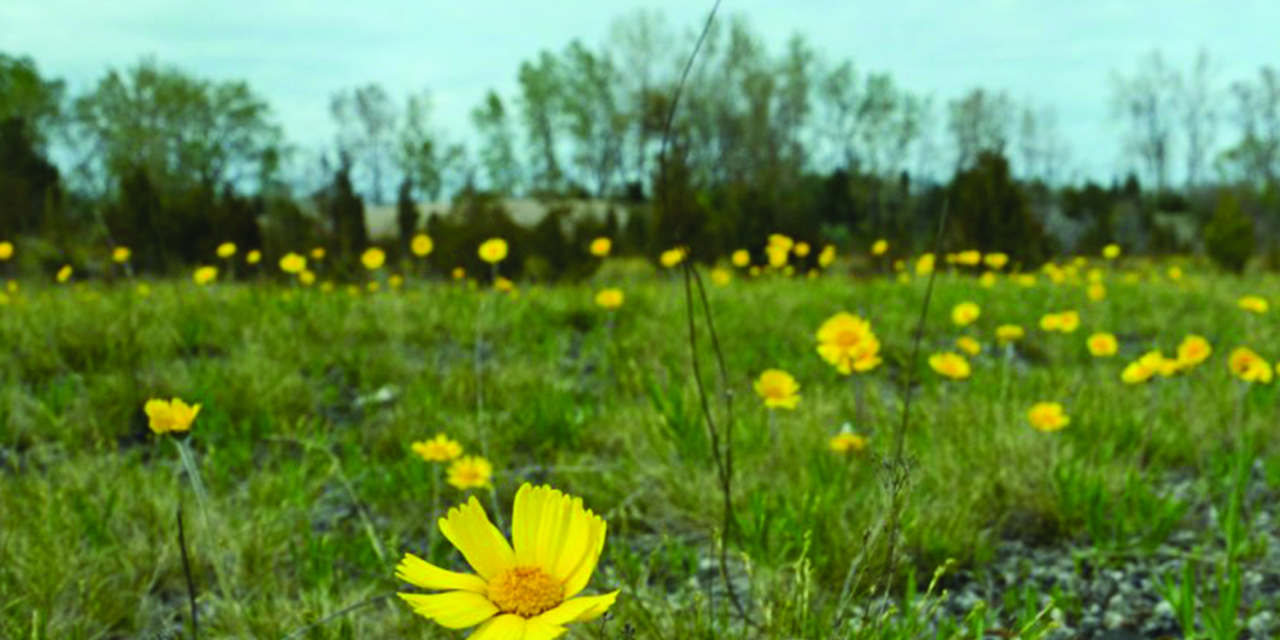
Lakeside Daisy State Nature Preserve
This state nature preserve is home to Ohio’s rarest wildflower – the bright yellow Lakeside daisy. Great birding year-round including spring migration of warblers, songbirds and water birds.
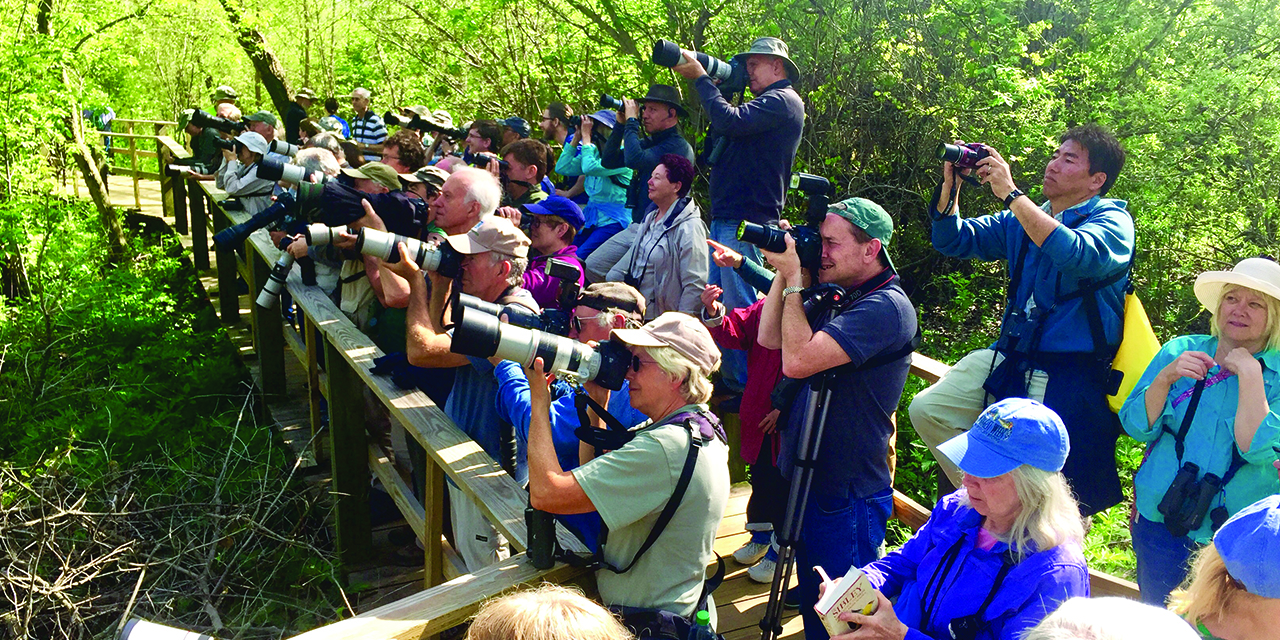
Magee Marsh Wildlife Area
Magee Marsh is a prime stopover for North American warblers during spring migration. The boardwalk is famous for one of the best places in the world to see warblers close up in May, but the whole area is excellent for birding year-round.
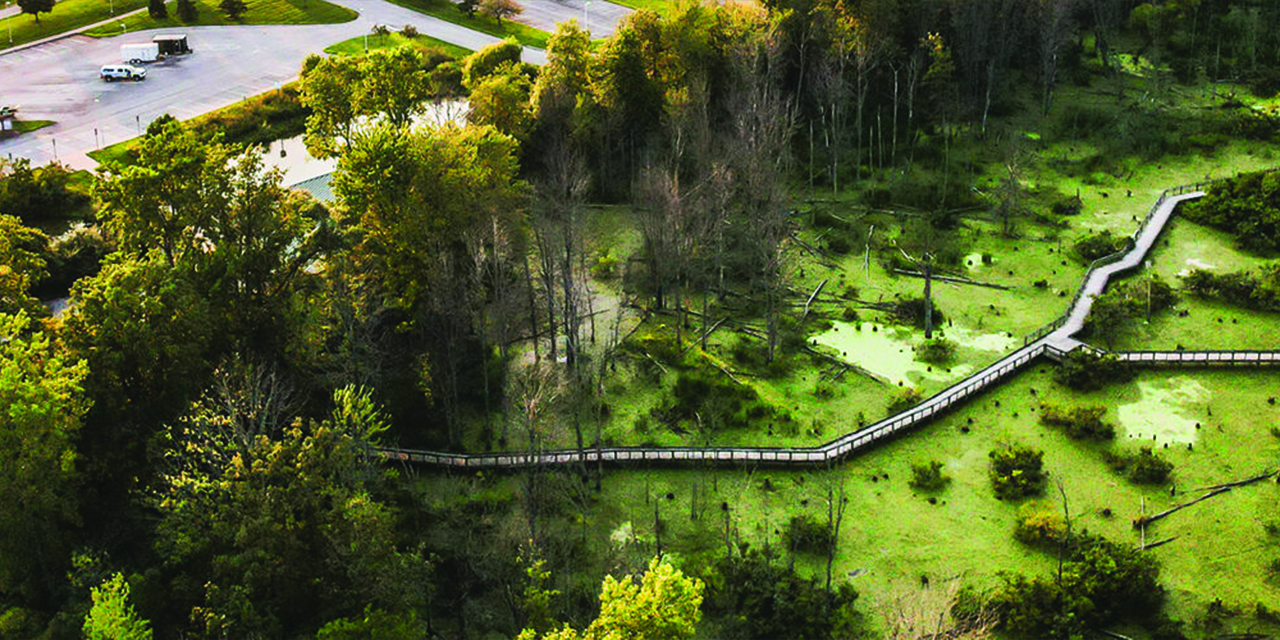
Maumee Bay State Park
Good birding all year, with gulls and waterfowl at the beach, wintering raptors in open fields, and migrant songbirds along the boardwalk and through the forest. Major features of the state park include a lodge, cottages, camping facilities, a nature center, and a two-mile-long interpretive boardwalk.
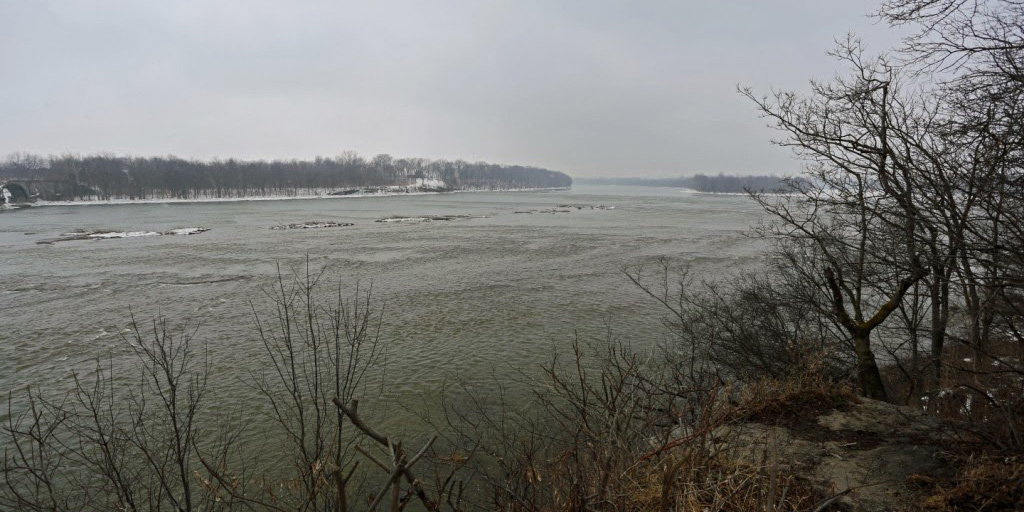
Maumee River Rapids
The Maumee confluences with Lake Erie at Toledo, and because of the river’s size, many birds use it to rest and refuel, including a number of species not normally found away from Lake Erie.
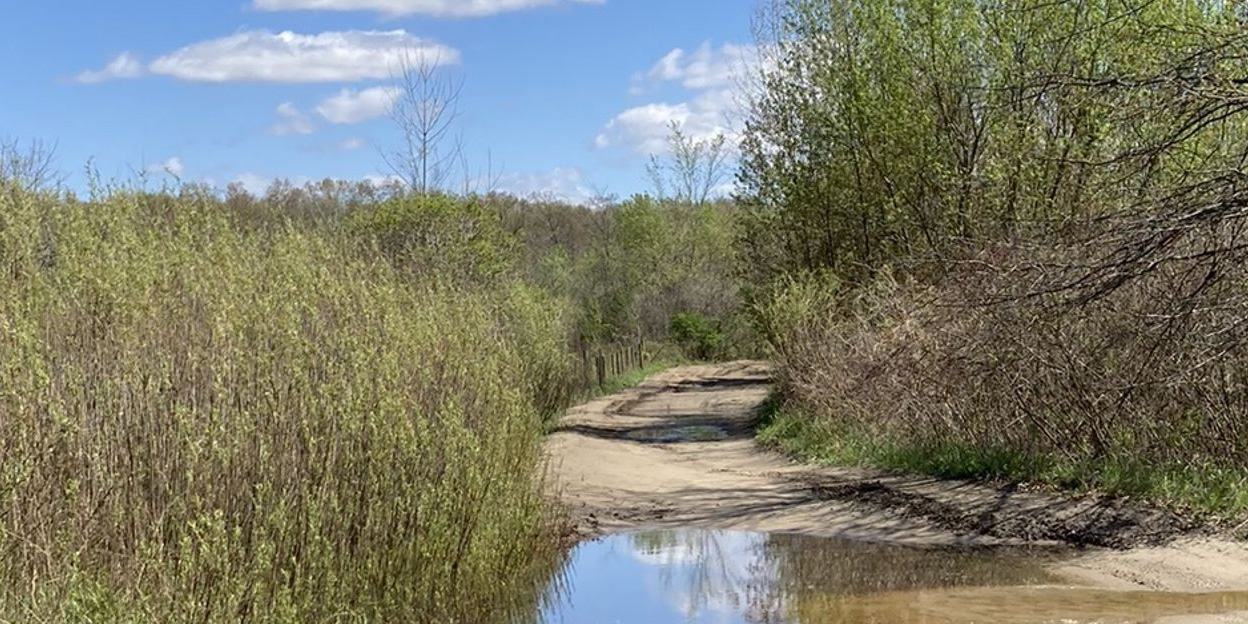
Maumee State Forest
Some of the best habitat for forest breeding birds in northwest Ohio is found in Maumee State Forest. Nesting warblers include black-and-white, chestnut-sided, hooded, Kentucky, mourning, and pine warblers.
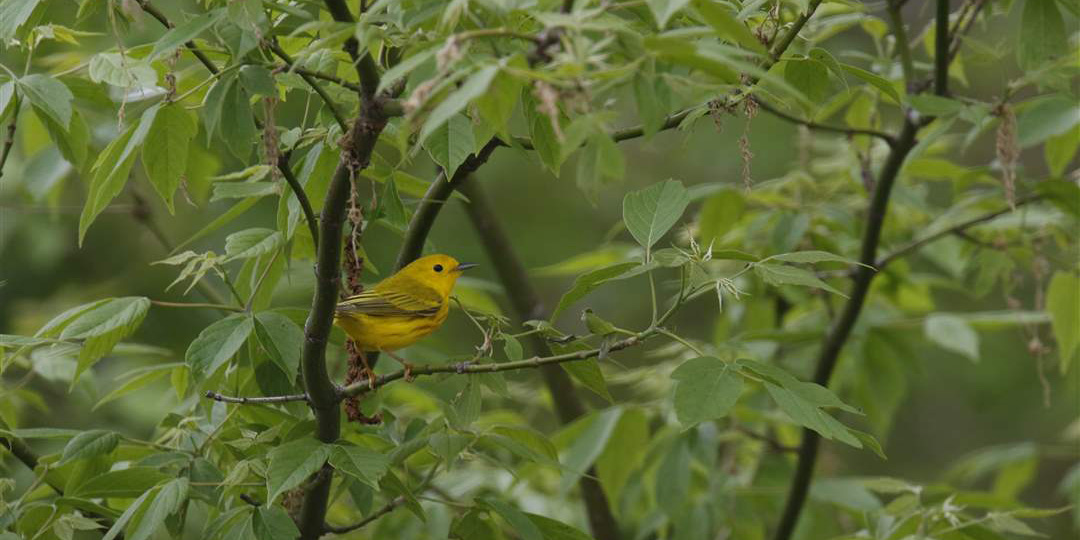
Metzger Marsh Wildlife Area
The marsh is outstanding for waterfowl in migration and for nesting marsh birds in summer, while the woodlot at the end of the road is excellent for migrating songbirds.

Middle Bass Island State Park
Habitats include a small wetland, shrubby thickets, woods, and a small sand beach. The park is a great area in which to look for migrant songbirds. Rocky island shorelines can be good for resting shorebirds.
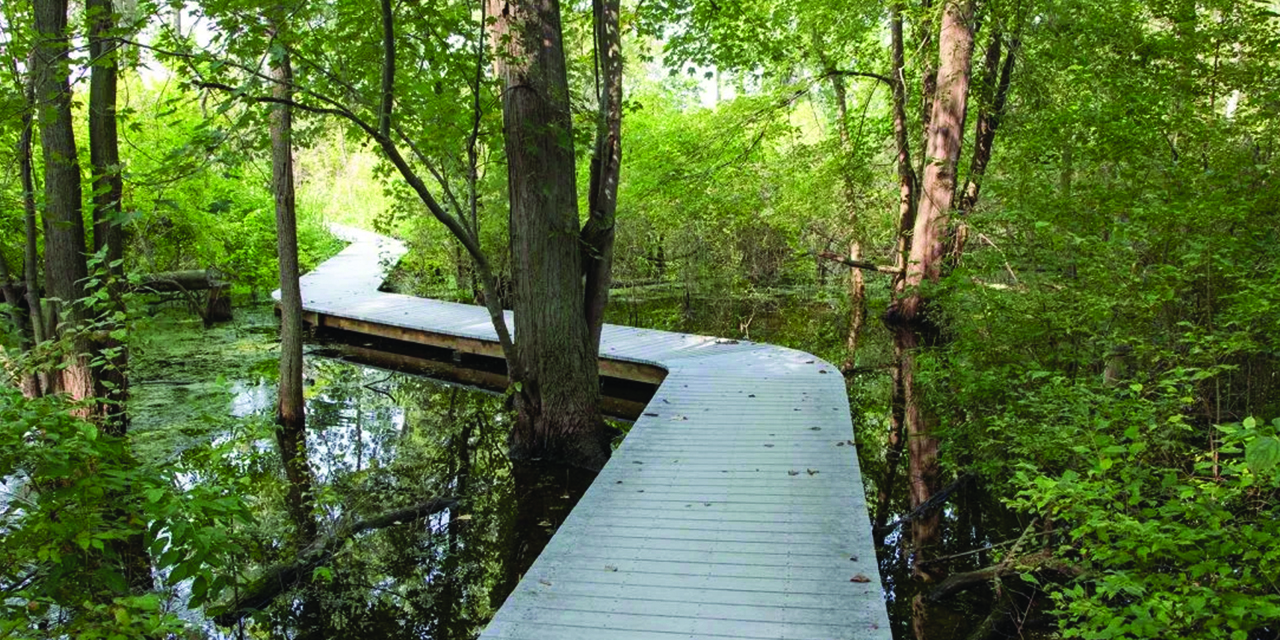
North Pond State Nature Preserve
Lake Erie is famous for the tremendous numbers of waterfowl migrating through in the spring and fall. A birder visiting North Pond during these seasons will be rewarded by sightings of numerous species of ducks and other water birds. Located north side of Ward Road 1/2 mile east of Division Street.
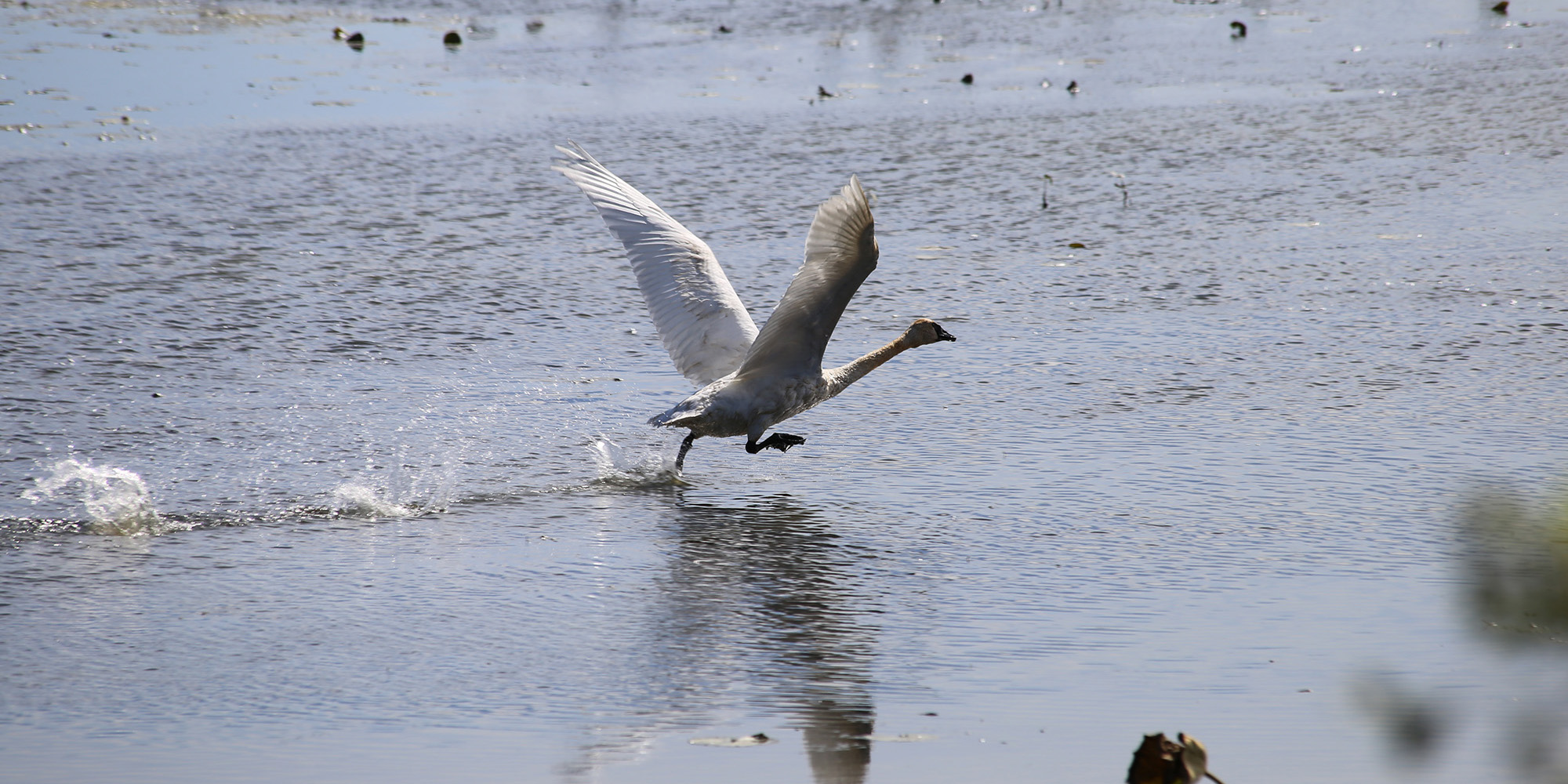
Ottawa National Wildlife Refuge
Walking trails give access to woods, marsh, and mudflats, providing excellent birding all year. Trails are open year round. Seasonal trails are open from April 1 – September 15. The visitors’ center has fine educational displays.
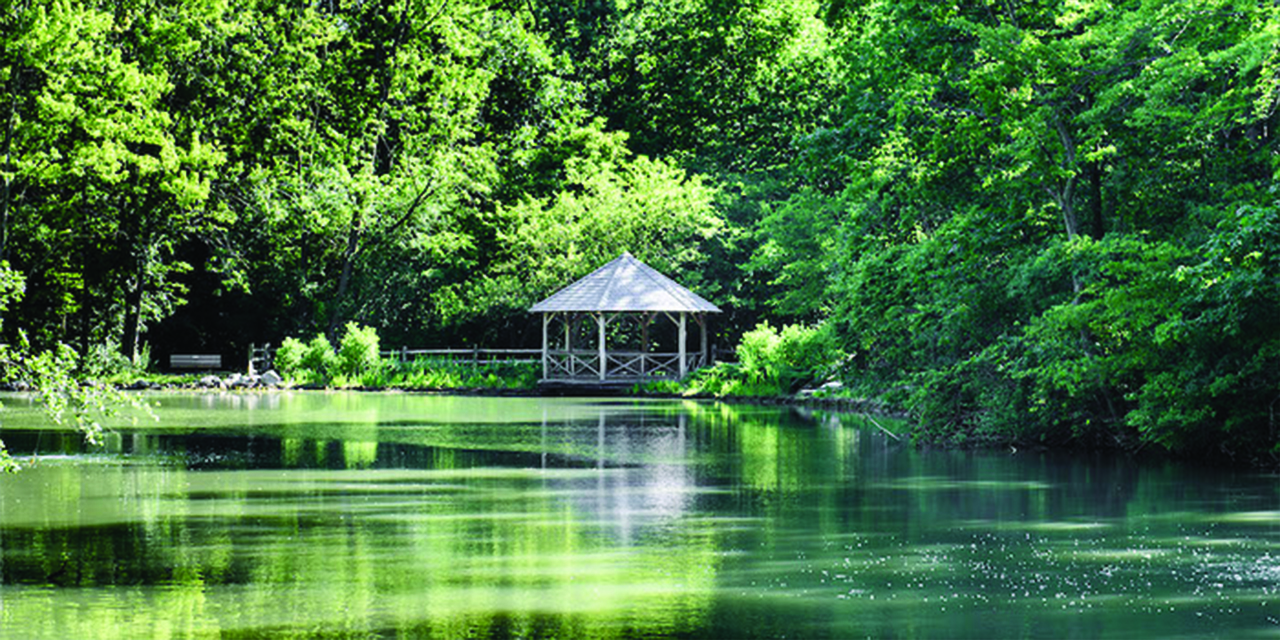
Pearson Metropark
Pearson is one of the last remaining stands of the Great Black Swamp, a notorious forest that once blanketed much of Northwest Ohio. The thick woods and location close to Lake Erie make Pearson a favorite stopover for a wide variety of migrating birds.
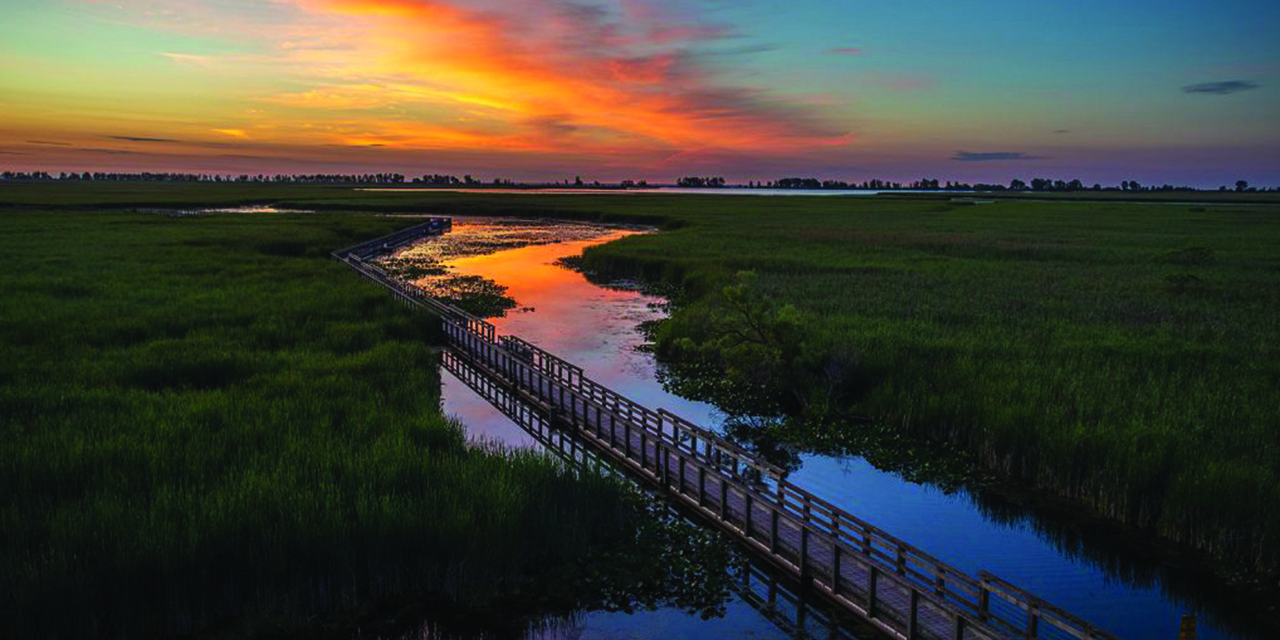
Point Pelee National Park
Situated at the southern extreme of mainland Canada, Point Pelee National Park is a tiny sanctuary supporting a mosaic of habitats from jungle-like forest to lush wetlands to open savannahs.

Scheeff East Point Nature Preserve
Nine-acre preserve with lakefront on three sides offers opportunities for spotting waterfowl, shorebirds, and migratory songbirds.
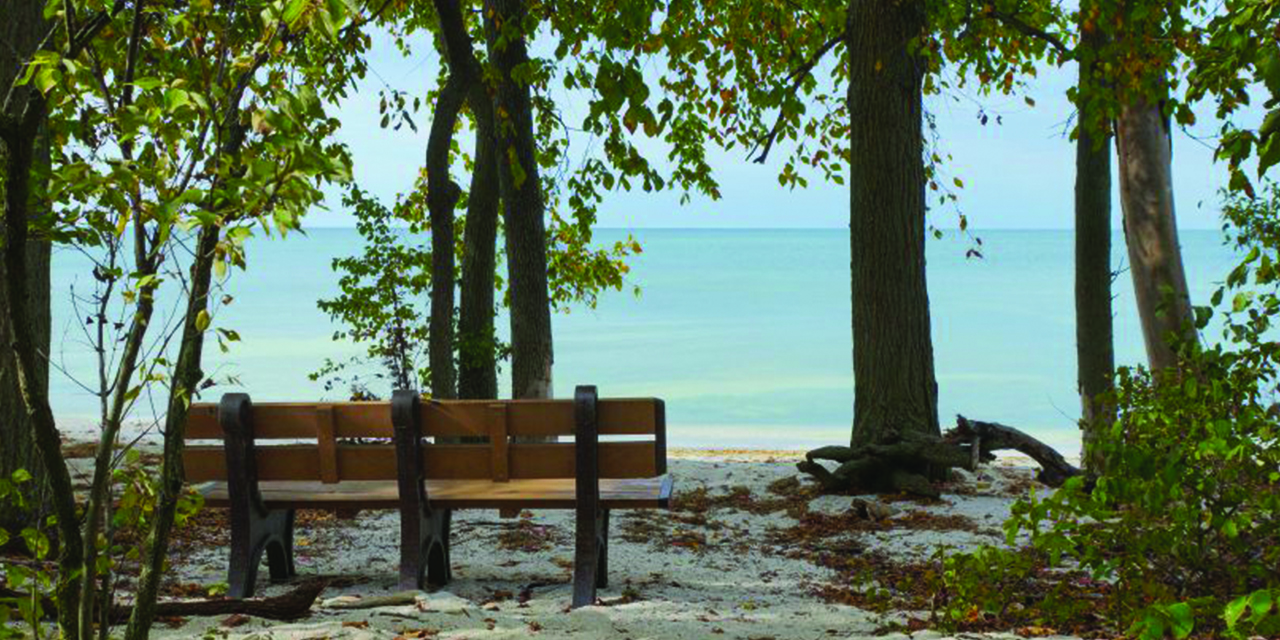
Scheele Preserve
Scheele Preserve touches 490 feet of Lake Erie’s shore. The preserve provides habitat for fox snakes, butterflies and a variety of migratory songbirds and owls.
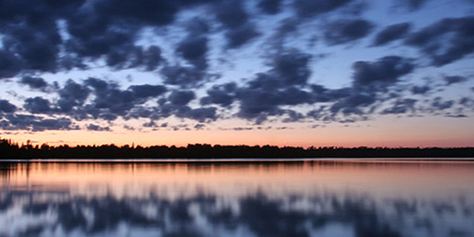
Ojibway Park
Tranquil and wild, this retreat on Little Vermilion Lake offers a sandy beach, good swimming, and great birding.
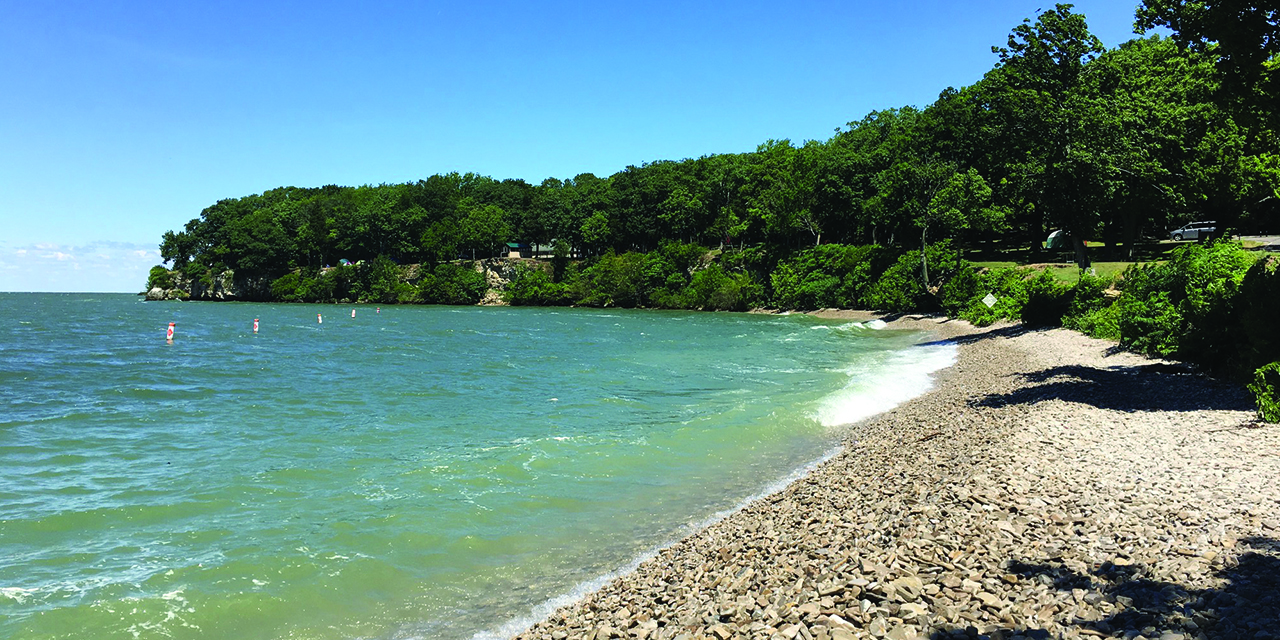
South Bass Island State Park
As with the nearby islands, birding can be fabulous on South Bass Island, especially during migration when the trees can be full of songbirds. Tourist traffic is also lighter in early to mid-May and September, when migrant numbers and diversity peak.
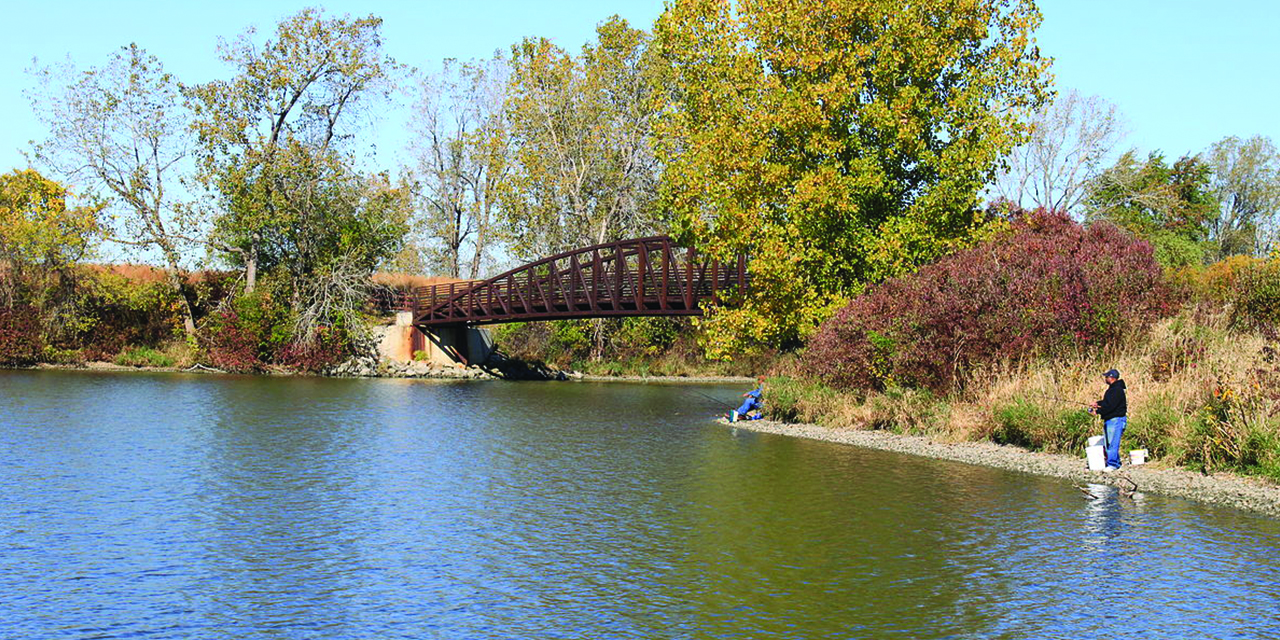
Sterling State Park
Many songbird species can be sighted in the mixture of marsh and woodland habitat. Be sure to walk the excellent Marshview Nature Trail to see as many as 20 different warbler species during spring migration. Do not forget to check the nearby lagoons for shorebirds.
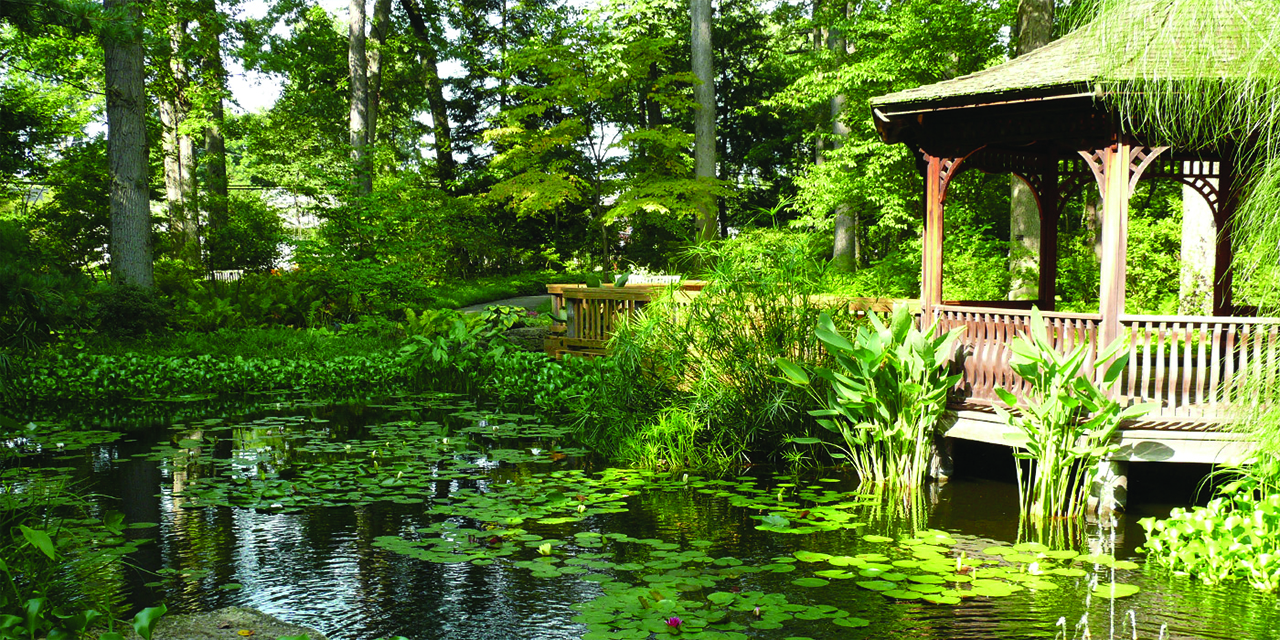
Toledo Botanical Gardens
Featuring 50 acres of native plants and watering holes make this the perfect habitat for birds, butterflies and other wildlife. With spring migration, warblers are a common sighting.
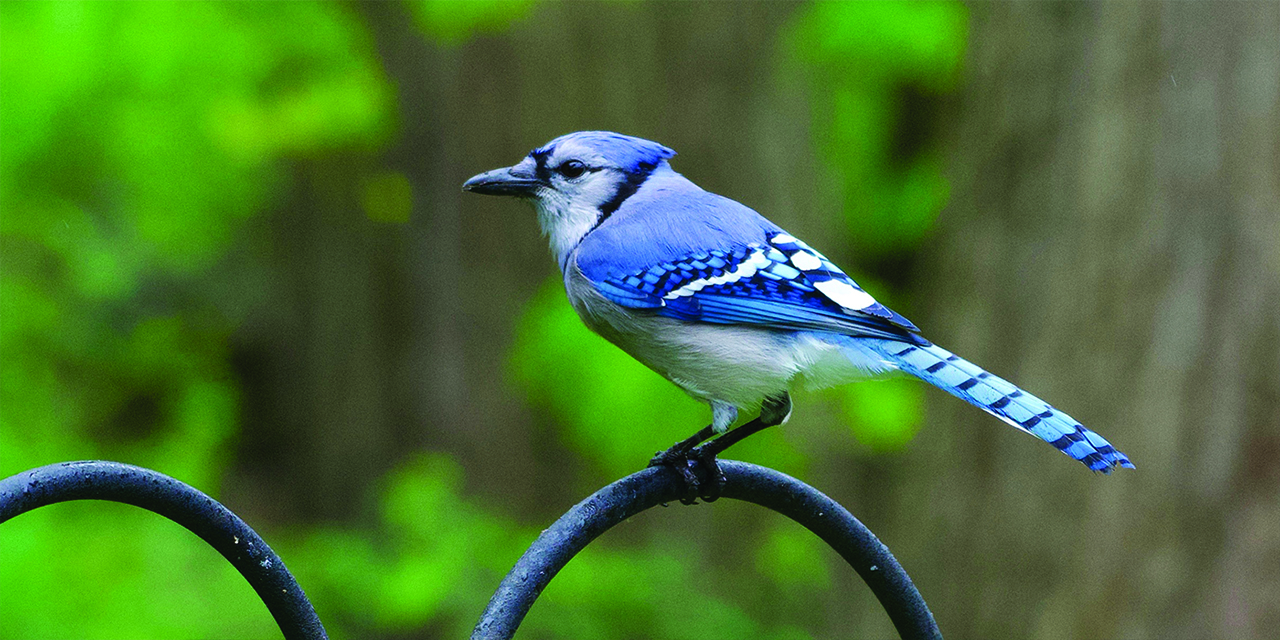
Wildwood Preserve Metropark
The prairie community at Wildwood is home to a variety of migrating birds. In the spring, it is a breeding site for ground-nesting birds such as eastern towhees, field sparrows, and American woodcock.

-
Strongman Champions League Kicks Off USA Debut in Toledo, Ohio
The world’s strongest league is making its debut in the United States as the Strongman Champions League (SCL) launches the first-ever league event for SCL USA in Toledo, Ohio on Friday, September 19, 2025.
-
Toledo Hosts Premier Meeting Planner Conference,Destination Midwest by Northstar Meetings Group
Destination Toledo is proud to welcome Destination Midwest to the Glass City Center, August 18–20, 2025. Presented by Northstar Meetings Group, this premier hostedbuyer event connects suppliers with meeting professionals sourcing programs across the Midwest.
-
Uniquely Toledo: Group Experiences Only Found in the Glass City
When you bring your event to Toledo, you not only get top of the line service and hospitality, you get access to one-of-a-kind experiences only found in the Glass City.


